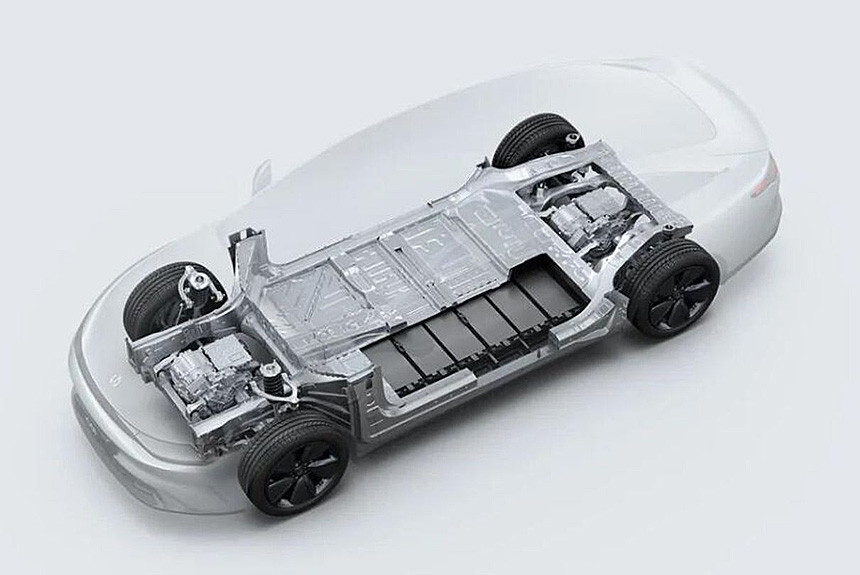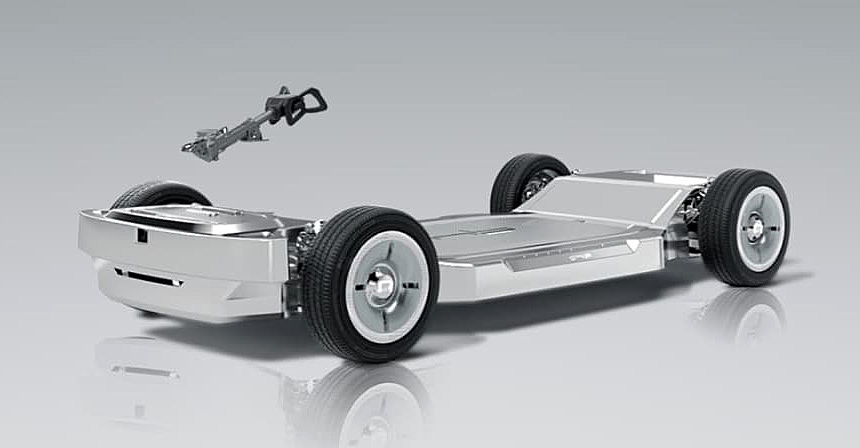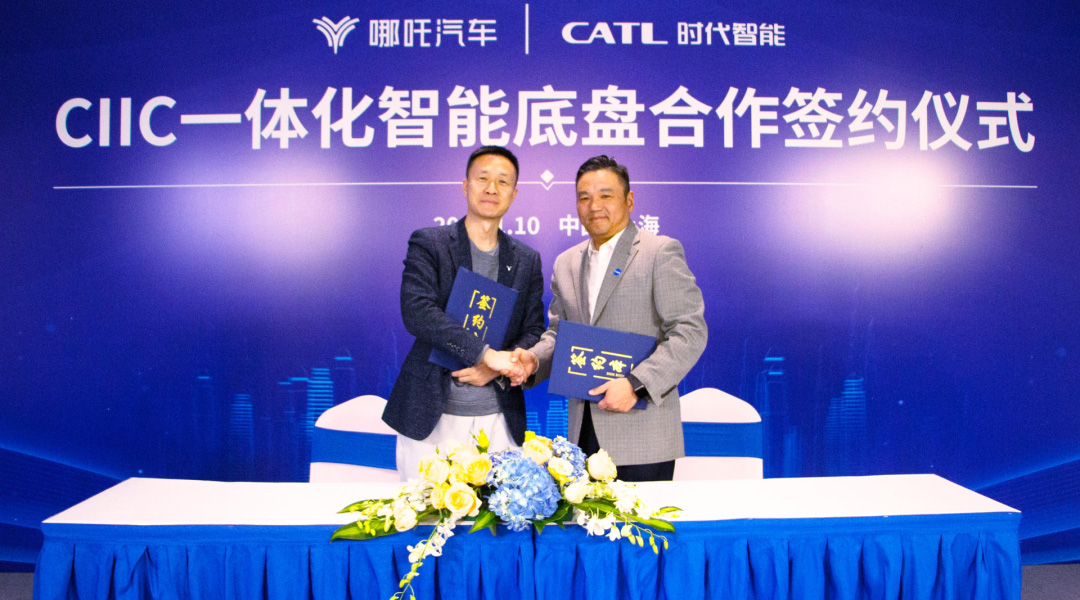
The world’s largest manufacturer of traction batteries, CATL, intends to enter a new market for automotive platforms. The development of a universal chassis for electric vehicles was announced back in January of this year, and now the first results of factory tests have been published.
The platform is called CIIC (CATL Integrated Intelligent Chassis), it combines a traction battery, electric motors with gearboxes, power and control electronics, suspension and steering. That is, it is a completely ready-to-use solution. The contract automaker will only have to install the required body with an interior on the CIIC.

It is stated that according to the results of road tests, the CIIC platform has demonstrated outstanding performance. The head of the CATL scientific department, Wu Kai, spoke about conducting a full cycle of road tests in summer in Turfan and in winter in the city of Heihe located on the Amur River (opposite the Russian Blagoveshchensk).
In the summer, the power reserve exceeded the symbolic mark of 1000 km, while the prototype on the CIIC platform showed low energy consumption: 10.5 kWh/ 100 km. In winter, at an average temperature of -7 ° C, the range decreased by 30%, but still reached a considerable 700 km. The branded fast charging terminal replenished the power reserve by 300 km in just five minutes. Unfortunately, the capacity and type of traction batteries used are not reported.

In theory, unified electric vehicle chassis of the CIIC type have a great future. First of all, they allow you to reduce financial costs and time spent on the development of electric vehicles. CATL itself does not yet have plans to produce its own ready-made cars on the CIIC platform, but it already has an agreement with the Chinese company Hozon Auto to use a new unified chassis. The first mass-produced electric vehicles based on the CIIC platform will appear under the Neta subsidiary brand as early as 2024.